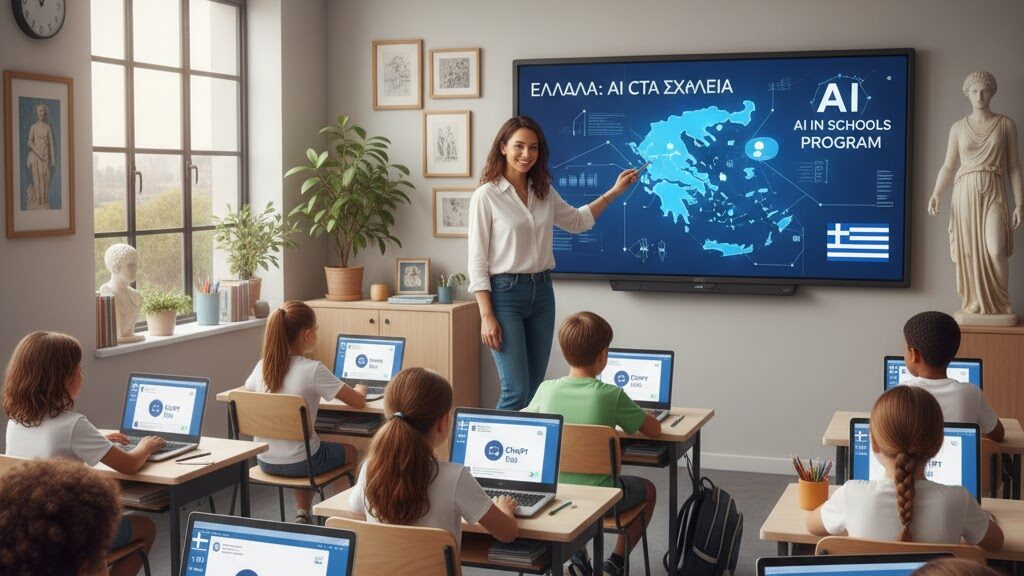
Source
PBS NewsHour Classroom
Summary
Teacher and writer David Cutler argues that generative AI, particularly ChatGPT-5, has become too powerful to coexist with authentic writing instruction. After testing the system, he found it could flawlessly imitate student voices and produce fully cited essays indistinguishable from genuine work. Cutler contends that AI now replaces—not supplements—the thinking process, undermining the slow, reflective work through which students develop reasoning and expression. To restore intellectual independence, he has banned take-home essays in favour of monitored, in-class writing and peer revision. He likens AI’s impact to calculators in maths, but warns that, unlike computation, writing cannot be meaningfully automated without losing thought itself.
Key Points
- ChatGPT-5 can now mimic student writing styles with near-perfect accuracy, including voice and citation.
- AI erodes the process that builds writing skill and patience; it replaces rather than supports thinking.
- Cutler plans to require all substantial writing to occur in class under supervision.
- He uses secure digital tools like Digiexam to monitor real-time writing processes.
- The real danger is dependence: students may start trusting algorithms over their own judgement.
Keywords
URL
Summary generated by ChatGPT 5





